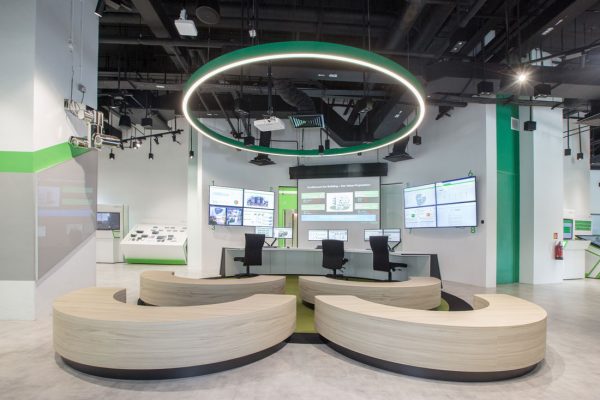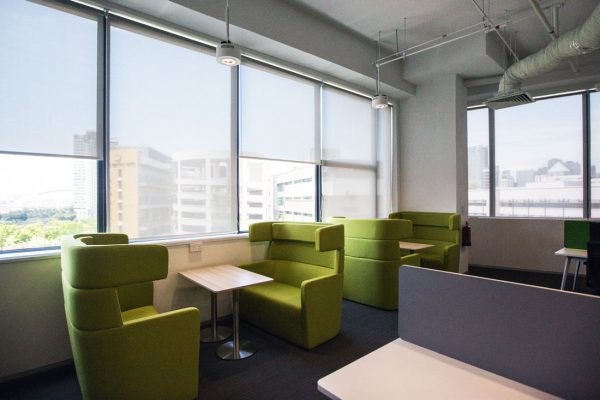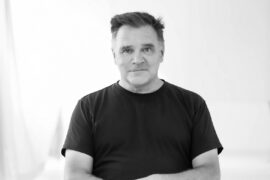Schneider Electric’s Kallang Avenue HQ will be the first carbon-neutral building in the company’s plan to run all its buildings on renewable energy by 2030.

April 25th, 2019
Schneider Electric’s East Asia and Japan regional headquarters at Kallang Avenue will complete its transformation into a carbon-neutral building by mid-2020.
The 25-year old, 18,500-square-metre Kallang office building functions as office space and innovation hub for some 1,400 employees. It was officially opened in March 2018 and to date, it has been equipped with 3,000 IoT points and is now running on solar power during daytime.
The building will be the first carbon-neutral building in Schneider Electric’s grand plan to convert all of its thousands of facilities around the world into carbon-neutral buildings that fully run on renewable electricity by 2030.
“It is not that difficult to be carbon neutral – one can simply switch from using electricity to solar energy. The challenge here is making the switch to renewable energy at an economically viable and sustainable level,” said Damien Dhellemmes, Singapore Country President at Schneider Electric.
The completion of Kallang HQ’s carbon-neutral retrofitting will be six months ahead of its initial schedule thanks to two things: the use of Schneider Electric’s suit of continuously evolving smart technologies, and the increasingly more affordable cost of renewable energy, which is made possible by Singapore Government’s liberalisation of the energy market.

Just over a year since its opening, the Kallang HQ has reduced 20 per cent of its energy consumption by using low-energy design elements such as LED lights and higher efficiency aircon system. Another 20 per cent (and counting) reduction is attributed to smart building technologies. When the efficiency hits 60 per cent, the building will switch to 100 per cent solar energy.
This accelerated reduction in energy consumption is done with consideration on comfort. The building is equipped with 1,100 Schneider Electric devices, including various sensors that monitor and collect data such as temperature, humidity, noise, and light levels.

The collected data helps the management make real-time informed decisions on optimising both the comfort level of workers and the energy efficiency of machinery and equipment.
And if there’s anything that requires more hard work than being an industry leader, it is maintaining the lead. Said Dhellemmes, “The bigger challenge is to continue to remain energy efficient as the equipment becomes older and the energy needs increase. To achieve sustainable energy efficiency in the long run, we need to use connected smart sensors and big data analytics to continuously monitor and control the energy management of the building, while ensuring the comfort and well-being of our employees in their working environment.”
INDESIGN is on instagram
Follow @indesignlive
A searchable and comprehensive guide for specifying leading products and their suppliers
Keep up to date with the latest and greatest from our industry BFF's!

The undeniable thread connecting Herman Miller and Knoll’s design legacies across the decades now finds its profound physical embodiment at MillerKnoll’s new Design Yard Archives.
The new range features slabs with warm, earthy palettes that lend a sense of organic luxury to every space.

For Aidan Mawhinney, the secret ingredient to Living Edge’s success “comes down to people, product and place.” As the brand celebrates a significant 25-year milestone, it’s that commitment to authentic, sustainable design – and the people behind it all – that continues to anchor its legacy.

At the NGV’s Making Good: Redesigning the Everyday, design becomes a force for repair. From algae-based vinyl to mycelium earplugs, the exhibition proves that rethinking the ordinary can reshape our collective future.

Armadillo collaborates with Barcelona artist Carla Cascales Alimbau on Gaia, a sculptural rug collection that translates fine art into handwoven form.
The internet never sleeps! Here's the stuff you might have missed

In this comment piece, COX Principal David Holm reflects on Carlo Ratti’s curatorship in which climate, colonisation and gender equity took centre stage at the Venice Biennale.

The final day of CPD Live’s 2025 season delivers three must-attend sessions exploring circular design for furniture and fitouts, and the science behind safe, high-quality drinking water. Starting from 9 AM AEDT, 16th October – it’s your last opportunity this year to join our Live CPD sessions and finish 2025 inspired.